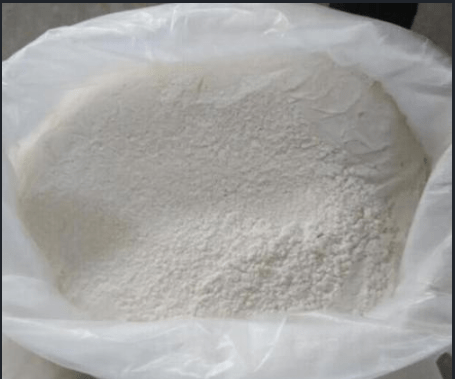Description of Drilling Starch
Drilling starch usages for filtration is incredibly known for filtration reducing additive of liquid has become widespread.
This product is almost continuously pregelatinized and furthermore typically of the variability called \”thin boiling,\’ these modifications.
Another object of the product is to produce a process of manufacturing such products whereby not solely is viscosity reduced however the filter loss reducing ability of the starch or flour thus created is even larger than otherwise. There some totally different of the varieties are wheat, potato, rice, corn and roots.
It usually uses(both corn/maize and potato) don\’t develop viscosity either at their normally used concentration or maybe at elevated concentrations up to twenty ppb for special formulations.
In many instances this lack of viscosity could be a fascinating property since these items are usually used as a fluid loss additive.
The liquid are often developed with new additive that provide appropriate anti-settling performance and ideological profiles for transport of cuttings in the wellbore.
Drilling starch naturally comes from the plants by doing some process, it going to be ready for use in industries and has some adjectives like viscosity booster and antiflood loss and also is an economical filtration control and manufacturing in two parts amylose and amylopectin which has complicated structure in compare to natural starch.
Uses of Drilling Starch
The use of drilling starch in well lubricant is well known. It\’s additionally well known that typical ones tend to break down at elevated temperatures for extended periods of your time.
Specifically, typical ones tends to break down or spend at temperatures of 225 F. or higher. once subject to it temperature for extended than four hours. High temperatures for extended periods of your time are usually encountered in deeper wells through.
The breakdown of this product conventional leads to an increase within the consumption of the standard types required in the mud.


